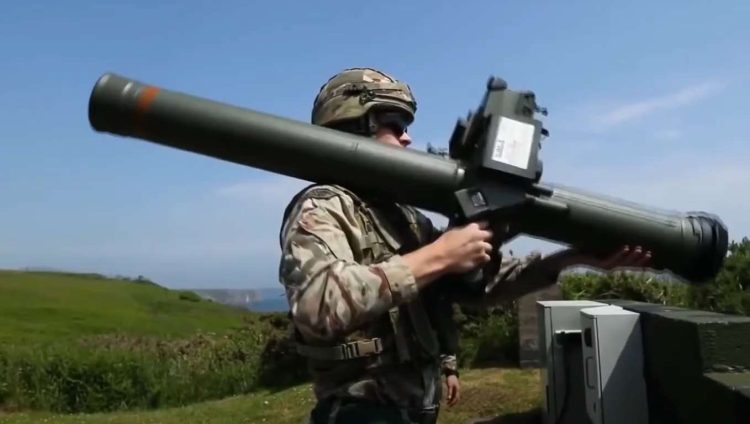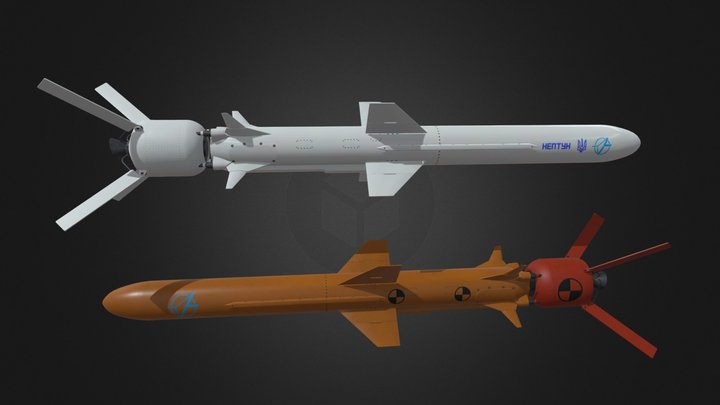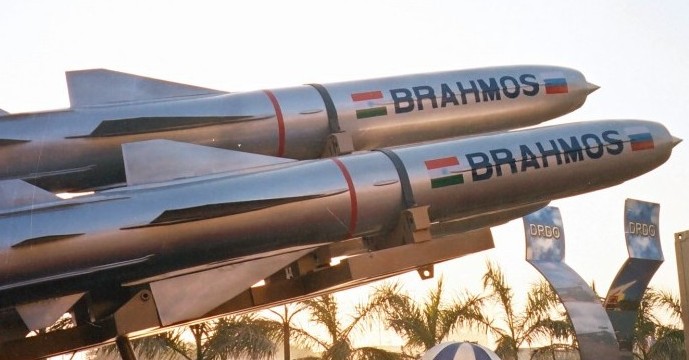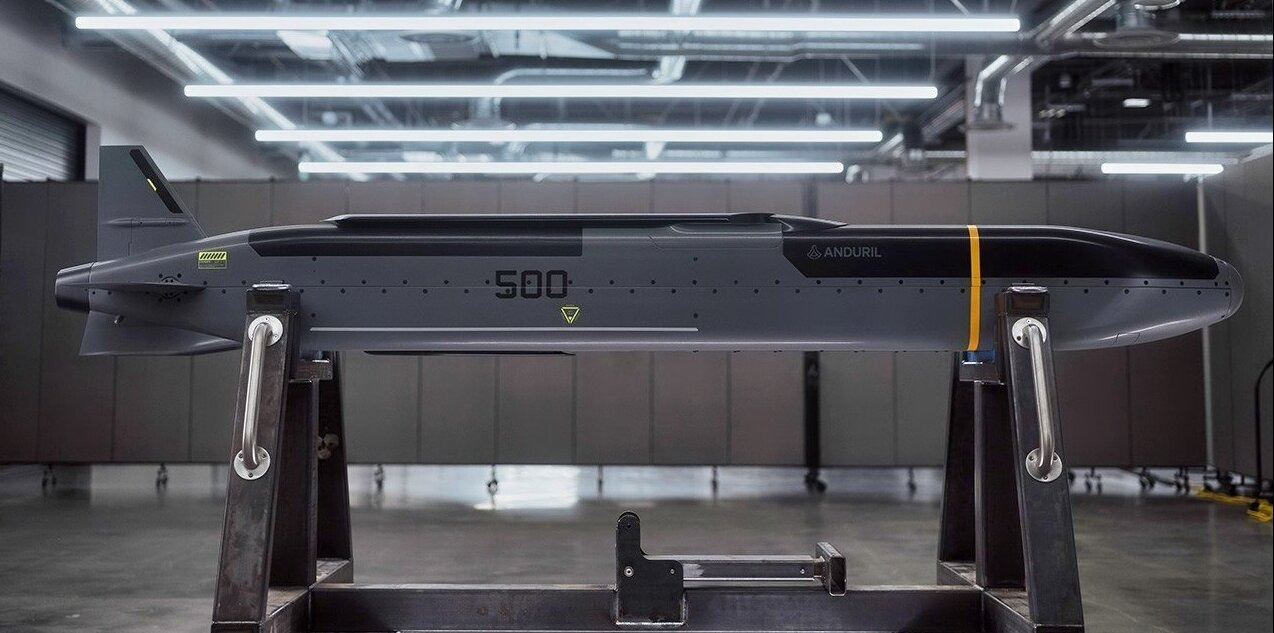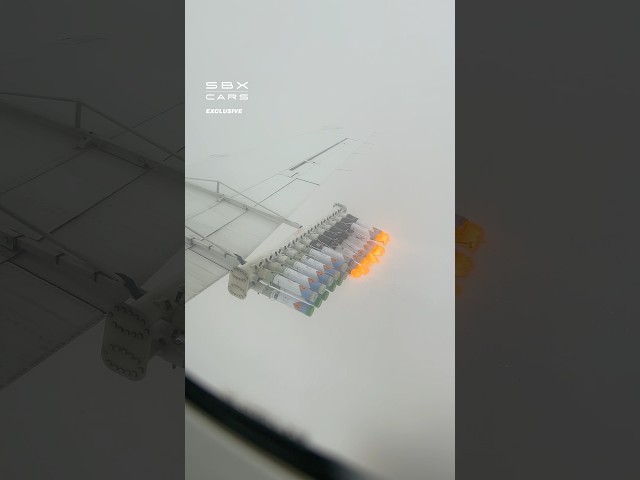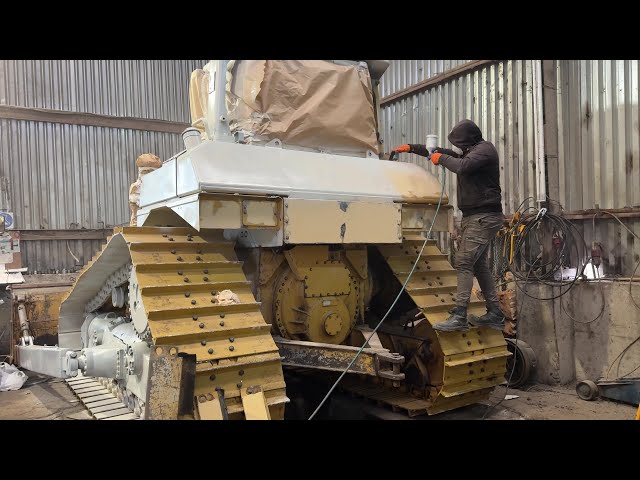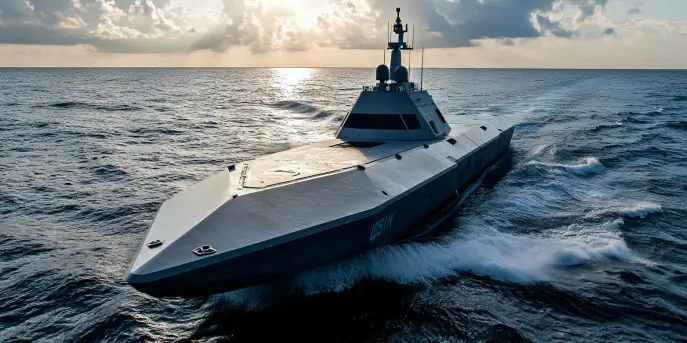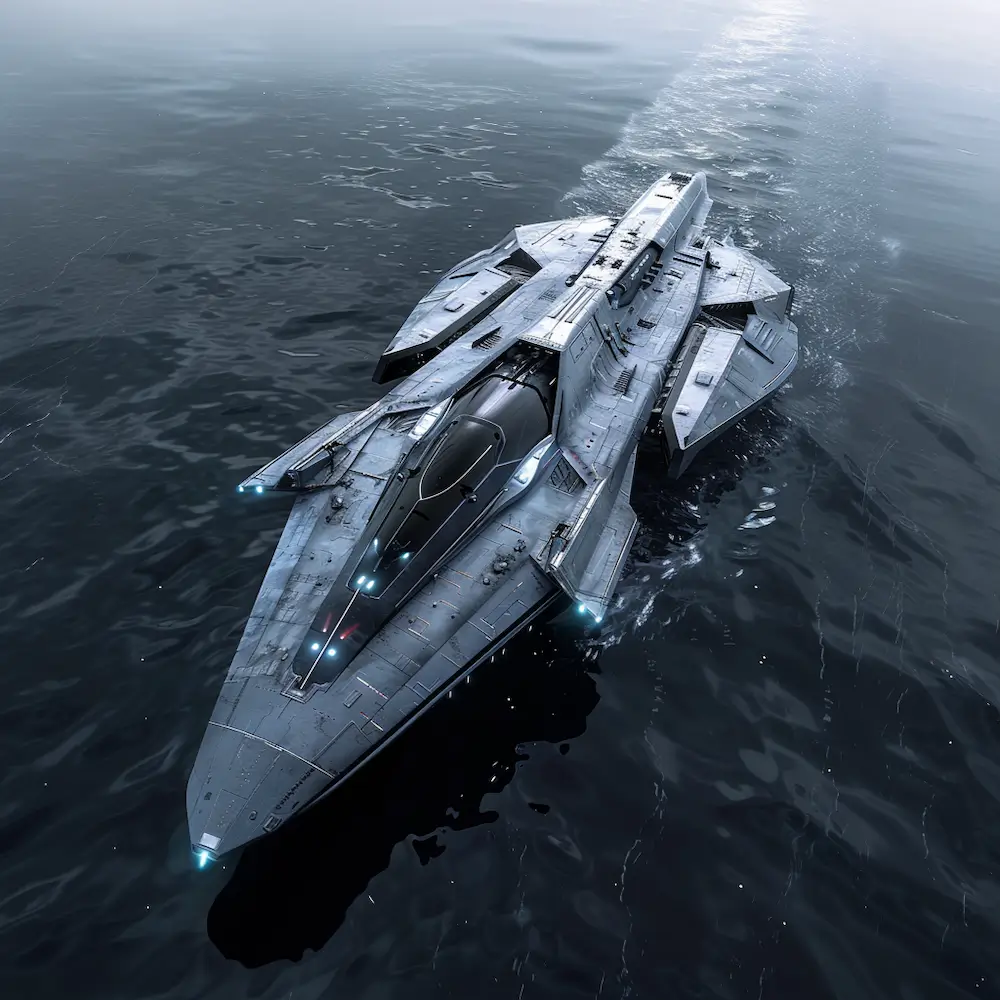The Starstreak man-portable air-defence system (MANPADS) is acclaimed for its speed and precision, making it one of the most advanced short-range air defence systems available. Designed to provide close air defence against fixed-wing fighter aircraft and helicopters, the Starstreak variant employs unique methods to ensure superior performance.
Overview of the Starstreak System
Developed by Thales Air Defence in the United Kingdom, the Starstreak is engineered to be lightweight yet formidable. It’s primarily a laser-guided missile that utilizes a ground-based launching mechanism, allowing it to be operated by a single person. Originating in the 1990s as a successor to Javelin and Blowpipe systems, the Starstreak MANPADS has been pivotal in modern military arsenals.
Unique Features and Capabilities
One of the critical features of the Starstreak system is the incorporation of three high-density darts rather than a traditional single warhead. Upon launch, the casing is jettisoned and the sub-munitions accelerate to more than Mach 3, providing an exceptional capacity to intercept fast-moving targets. This also serves to minimize the collateral damage risk, considering its precision-targeting approach.
The missile operates with a laser guidance mechanism, which is immune to jamming, making it highly reliable in various environments. This system boasts a range of up to 7 kilometers (4.3 miles), with the ability to reach altitudes exceeding conventional MANPADS.
Specifications Table
| Feature | Specification |
|---|---|
| Weight | 14 kg (30.86 lb) |
| Length | 1.39 m (4.56 ft) |
| Diameter | 130 mm (5.12 in) |
| Speed | In excess of Mach 3 |
| Range | 7 km (4.3 miles) |
Operational Deployment
The Starstreak can be launched from a variety of platforms, including lightweight multiple launchers, armoured fighting vehicles, and even marine-based systems. It provides versatility for defensive forces to engage threats effectively across land systems and beyond. Operational units can deploy Starstreak from portable sites, providing strategic flexibility and rapid response capabilities in diverse conflict zones.
The firing sequence is notably straightforward; the operator uses an aiming unit to lock onto the target. Upon launching, the missile system’s laser guidance maintains contact with the sighted target, minimizing human error and enhancing effectiveness under battlefield conditions.
Global Utilization
Multiple countries have integrated the Starstreak into their military inventories, recognizing its potency and strategic value. Nations such as South Africa, Indonesia, and Malaysia have widely acknowledged its efficiency, including the UK, which was its earliest adopter. The Army’s air defence units leverage Starstreak’s capabilities to secure airspace sovereignty efficiently.
Notably, its deployment in conflict-prone regions has underscored its reliability and impact on modern warfare, making it a preferred choice for national defence strategies. With geopolitical landscapes continually evolving, investing in such advanced defence systems becomes crucial.
Technological Advancements and Upgrades
Over the years, Thales has continued to advance the technology supporting Starstreak, reinforcing its role in modern combat scenarios. Future upgrades may potentially include enhanced targeting optics and artificial intelligence integration to boost sensor and reaction time for increasingly complex threats.
Technological advancements are expected to sustain its relevance, especially as drone warfare and uncrewed systems become prevalent in modern-day theatres. Integrating such innovations can bolster autonomous capabilities and offer a robust line of defence against evolving threats.
The Starstreak man-portable air-defence system is a testament to engineering excellence, merging speed, precision, and versatility. Its continued adoption and advancement mark its significance in military operations around the globe. As global security dynamics evolve, the adoption and evolution of such air-defence systems will remain critical to national defence strategies.
